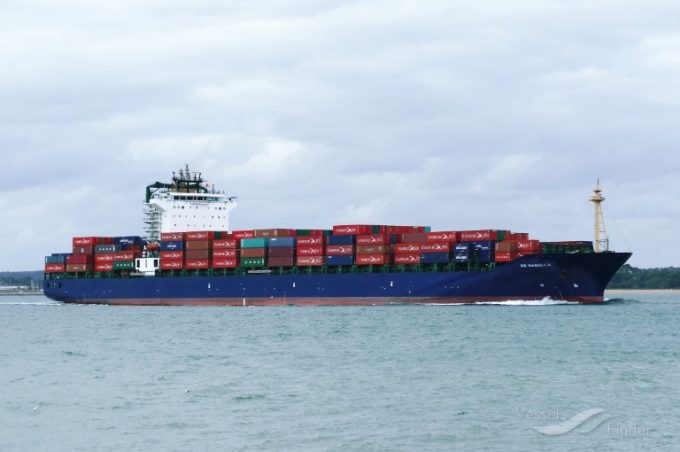Battle of the biofuels as shipping takes a stand against using crops
The IMO’s Intersessional Working Group on Greenhouse Gases (ISWG-GHG 18) has become an ideological battleground, ...

As well as taking longer, voyages around the Cape of Good Hope mean burning more fuel and emitting more carbon, but cargo research specialist MSI believes carriers are enjoying “disproportionate revenue increases”.
The Loadstar’s Mike Wackett has reported on the enormous recent ...
CMA CGM South Korean staff strike over bonuses after bumper 2024 profit
'Another painful headache for shippers' as Asia-N Europe rate rally ends
Amazon Air Cargo partners-up for new transpacific route into the US
MSC switches two more Asia-Europe port calls from congested Antwerp
Ports and supply chain operators weigh in on funding for CPB
Nightmare for Bangladeshi exporters as congestion and tariffs bite
CMA airline returns two freighters, while ANA takeover of NCA looms
Carriers introduce surcharges as congestion builds at African ports

Comment on this article